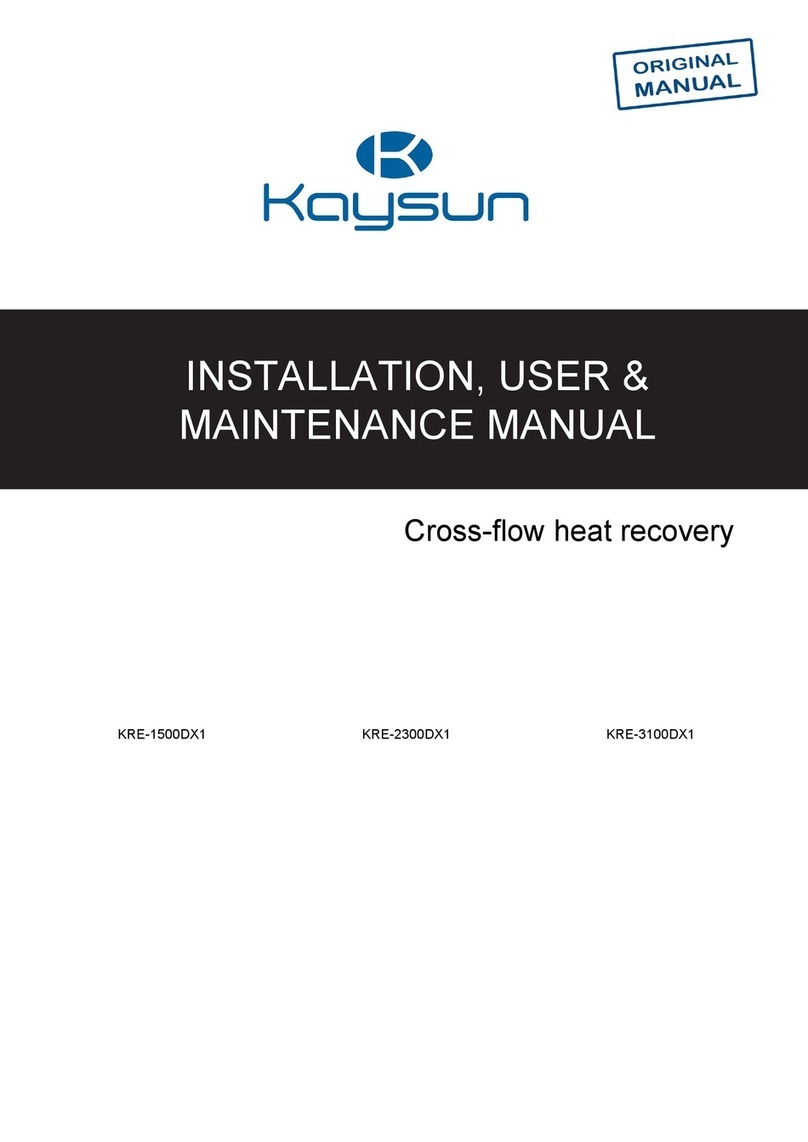
NOTES: The company reserves the right to modify data, pictures and all that is related to this printed matter without any notice.
pag. 2
INDEX
DECLARATION OF CONFORMITY................................................................................................................................................... page 3
GENERAL WARNINGS...................................................................................................................................................................... page 4
SYMBOLED USED ............................................................................................................................................................................. page 5
IDENTIFICATION UNIT ...................................................................................................................................................................... page 5
SECTION 1 - GENERAL CHARACTERISTICS................................................................................................................................. page 6
1.1 Presentation of the manual......................................................................................................................................................... page 6
1.2 General characteristics............................................................................................................................................................... page 6
1.3 KRE DX series technical data .................................................................................................................................................... page 6
1.4 Dimensions and weights KRE DX .............................................................................................................................................. page 7
1.5 Characteristic curves .................................................................................................................................................................. page 8
1.6 Sound power levels .................................................................................................................................................................... page 9
SECTION 2 - TRANSPORT ............................................................................................................................................................... page 9
2.1 Packing....................................................................................................................................................................................... page 9
2.2 Handling and transport ............................................................................................................................................................... page 9
2.3 Control upon reception ............................................................................................................................................................... page 9
2.4 Storage ....................................................................................................................................................................................... page 9
SEZIONE 3 - INSTALLATION AND START UP................................................................................................................................page 10
3.1 Definitions................................................................................................................................................................................... page 10
3.2 Safety Standards ........................................................................................................................................................................ page 10
3.3 Preliminary operations ............................................................................................................................................................... page 10
3.4 Choice of the installation place................................................................................................................................................... page 10
3.5 Positioning of the unit ................................................................................................................................................................. page 12
3.6 Drain tray connection.................................................................................................................................................................. page 12
3.7 Connection to the ducts.............................................................................................................................................................. page 12
3.8 Connecting the refrigerant pipes ................................................................................................................................................ page 13
3.9 Connecting PRE-DX................................................................................................................................................................... page 14
SECTION 4 - ELECTRICAL CONNECTIONS.................................................................................................................................... page 15
4.1 Electric board’s layout - DX Module .......................................................................................................................................... page 15
4.2 Wiring plan.................................................................................................................................................................................. page 16
4.3 Temperature sensor Installation ................................................................................................................................................. page 17
4.3 Wiring connection ....................................................................................................................................................................... page 18
4.4.1 Access to electrical panel........................................................................................................................................................... page 18
4.4.2 Insertion of the electrical supply line and signals for accessories ............................................................................................. page 18
SECTION 5 - SETTINGS MODULE ................................................................................................................................................... page 19
5.1 Application control ...................................................................................................................................................................... page 19
5.2 System address and network address setting............................................................................................................................ page 19
5.3 Checks before start up ............................................................................................................................................................... page 19
5.4 Module setting indications .......................................................................................................................................................... page 20
5.5 Error codes and Query .............................................................................................................................................................. page 23
SECTION 6 - PANEL SETTINGS AND ADJUSTMENTS.................................................................................................................. page 25
SECTION 7 - ORDINARY MAINTENANCE ....................................................................................................................................... page 28
7.1 Warning....................................................................................................................................................................................... page 28
7.2 Monthly checks........................................................................................................................................................................... page 28
7.3 Yearly checks ............................................................................................................................................................................. page 29
7.3.1 Biox-dx purifying system check .................................................................................................................................................. page 29
SECTION 8 - BREAKDOWN DIAGNOSTIC ...................................................................................................................................... page 30
SECTION 9 - DISPOSAL.................................................................................................................................................................... page 30
SECTION 10 - SPARE PARTS........................................................................................................................................................... page 31



























